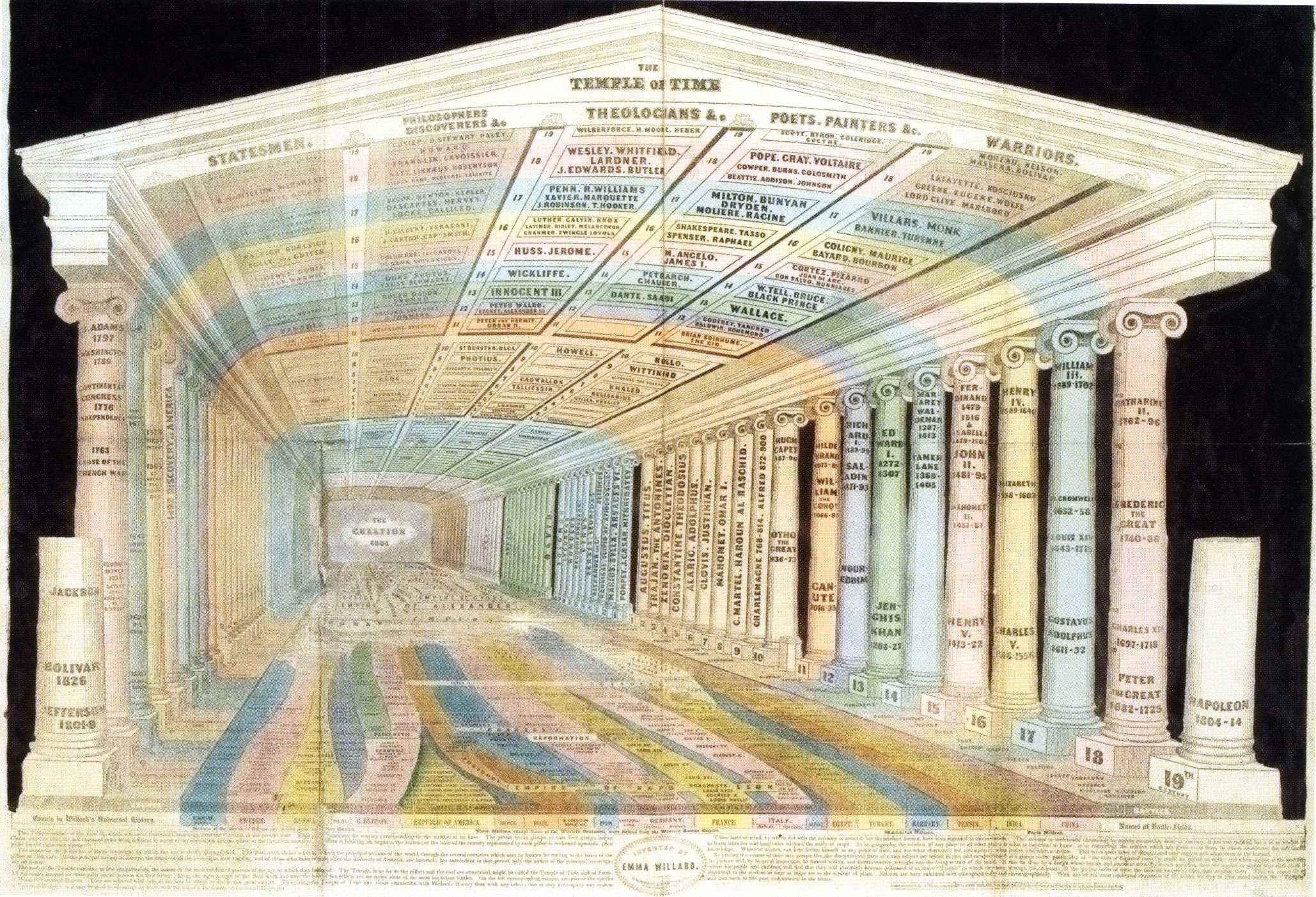How to Hack Your Brain to Improve Your Memory

By:
If you struggle with memory — in school, work, or day-to-day life — there's a mental hack used by some of the world's most skilled "memory athletes" that you might want to try.
.jpg?auto=format&crop=faces&fit=crop&q=60&w=736&ixlib=js-1.1.0) Pixabay - pixabay.com
Pixabay - pixabay.com
Two-time World Memory Champion Alex Mullen shared his secret to memorization in an interview with CNN on Thursday. He simply creates a "memory palace" in his mind.
Mullen didn't invent the technique. The mnemonic method, mental pattern building meant to aid the memory, was first used by ancient Romans and Greeks, and it's been adopted, studied, and improved over many millennia. It's distinct from other memorization techniques in that it incorporates visual and spacial skills in the process, Mullen said.
Here's how it works.
- To create a "memory palace," imagine a familiar space: your house, school, commute, or workplace, for example. You can create an imaginary space, too — so long as you're able to effectively familiarize yourself with all its nooks and crannies.
- Walk through your space, or along your route. Identify memorable areas within your space — rooms, landmarks, drawers, or portraits — where you will later place whatever it is you're trying to memorize. Take time to commit your space, and those smaller areas, to memory by visualizing yourself methodically walking through it.
- Now place whatever you want to memorize in those specific areas. Let's say you're trying to memorize a speech. Imagine entering your space and placing each line (or something that reminds you of the line) in those locations. If you need to remember something that follows a certain order (like a speech), make sure you're placing these items along a path that you can replicate.
- It's helpful to place these memories in areas that evoke emotions. If you're referencing a family member in one line of your speech, try to place that memory in an area that naturally reminds you of that relative — a photo of them you have on a mantel or at the kitchen table where you had a memorable conversation, for example. Feel free to incorporate symbols or other mnemonic devices in your memory palace.
- Finally, take another stroll through your space. Identify each item you placed along your route. Repeat the imaginary walk until you've fully memorized your memory palace.
You don't have to be a memorization expert for the memory palace technique to work.
 Art of Memory - artofmemory.com
Art of Memory - artofmemory.com
A new study published in the journal Cell found that average people can train themselves using mnemonic methods such as the memory palace to alter their brain's network vastly improve their memories in a short time period.
Researchers recruited 23 of the world's most renowned memory athletes and used imaging technology to track their brain activity during rest and active memorization. Then they had a "naive" control group of 23 adults train for four months, using the experts' mnemonic methods. Within six weeks, brain scans revealed that the neurological networks of the control group had been altered, more closely resembling those of memory athletes during rest and active memorization.
"After training we see massively increased performance on memory tests," Martin Dresler, the study's lead author and an assistant professor at Radboud University Medical Center, said in a press release. "Not only can you induce a behavioral change, the training also induces similar brain connectivity patterns as those seen in memory athletes."
